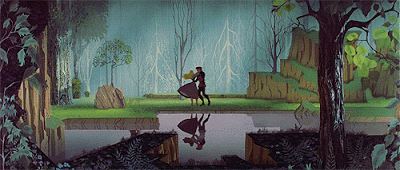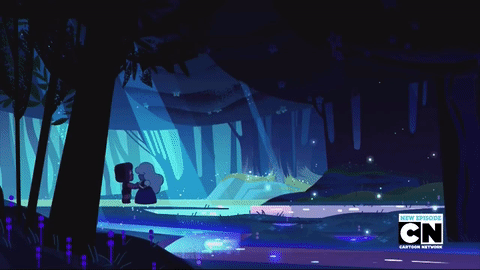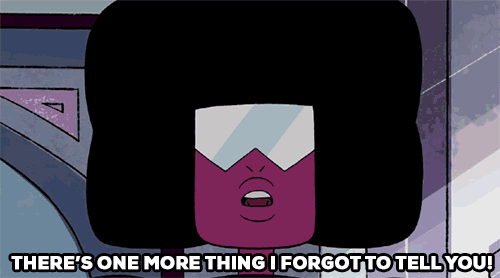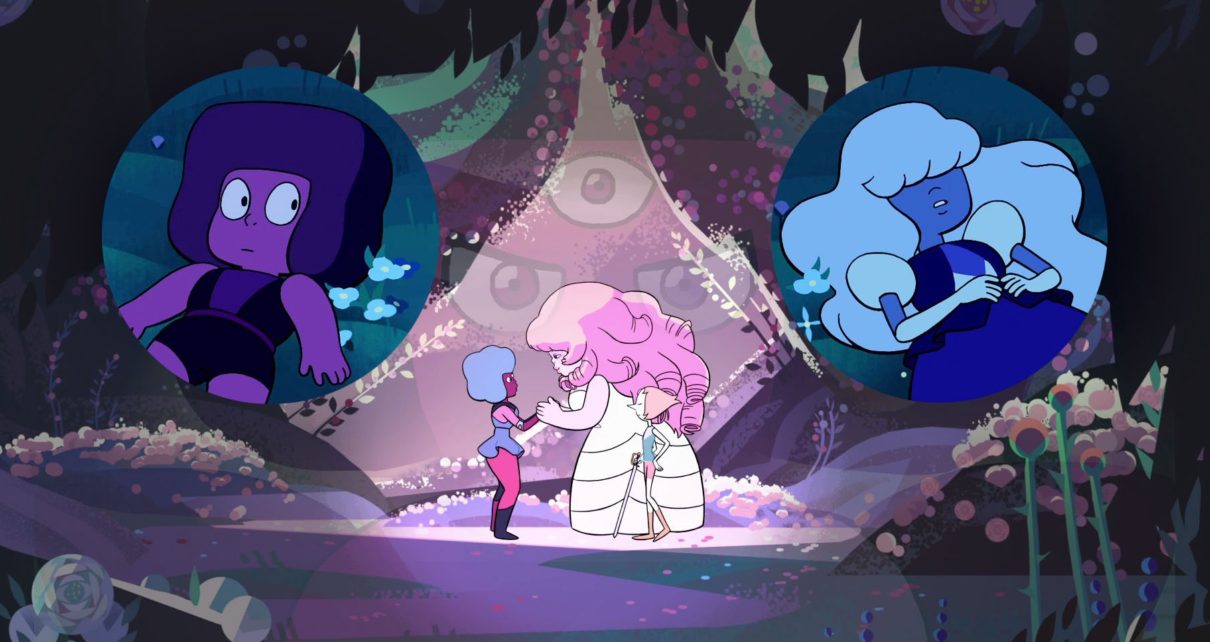In a sociopolitical climate that still challenges equitable human rights, our media can have significant influence on how we perceive each other. The need for non-stereotypical, authentic representation in media has become abundantly clear, and calls not just for “diversity,” but for sensitive non-normative stories spun with authority that actually tell the truth and don’t exploit, have been getting louder. Still, it was hard to envision what something so critical could look like in practice in the media — until the Steven Universe episode “The Answer,” aired January 4, 2016. I work as the events coordinator at a Barnes & Noble. I hosted Rebecca Sugar for the signing of the picture book version of this episode, also titled The Answer, and every part of the experience felt groundbreaking.

I am queer and mixed-race, so Garnet — a character made of the fusion between two other characters, Ruby and Sapphire, and voiced by British singer Estelle — already felt like a game-changer. This episode, in which Garnet tells Steven the story of how she became who she is, took it a step further. Garnet guides Steven and the viewers through her origins as two small Gems who defied age-old convention, telling it as a literal bedtime story.


It’s clichéd in the way most classic bedtime stories are. A noble footsoldier sacrificing herself for an elite? An elite giving up everything she’s known for the lowly footsoldier who stood up for her? The hotheaded, aggressive fool and the cool, patient aristocrat? I love that so much of the background revealed in “The Answer” is clichéd — because absolutely nothing else about Garnet is, and because characters like Ruby, Sapphire, and Garnet never get those stories. They’re canonically nonbinary alien queers! It gives the strong, no-nonsense, mixed black lesbian a classic heroic origin. It portrays the patriarchy as the villain it is, and it shows us what real love and desire can look like. There’s nothing petty, exploitative, unhealthy, or dramatic in the episode’s 11 minutes, but instead: a conversation. Authentic development — sometimes messy, but always with love, respect, and a shared sense of humor.
Almost everywhere else in the mainstream, the queer woman, the nonwhite woman, is a token. She’s the tragedy, the side character, the comic relief, the villain. It’s time to let queer, nonwhite, mixed, nonbinary women and couples have a happily ever after. Rebecca Sugar gets that, gave us that, and celebrates that.
It’s a story that humanizes black love, queer love, and nonbinary love as easily, lastingly, and magically as a fairytale.
There are many reasons why this show’s audience transcends that of most children’s shows: we’ve been waiting for this for a long time, sometimes without even knowing it. The episode echoes the fairytales we queer folks heard as kids. We took in the Disney or Disneyfied stories through the queerness we hadn’t yet learned to name, unable to relate to them as fully as we thought we should. We learned the pastel patterns of blossoming romance, memorized the warbling love songs without meaning to, inferred that the princess ends up with prince, and couldn’t understand why those stories never felt right and why we couldn’t find ourselves in them. And now, at last, we can. “The Answer” is inspired by those tropes, and asks, from a queer perspective, “What if we had a happily ever after? Or at least a happily at all?” It asks, too, “What if we told the truth about what falling in love can look like for the rest of us?” That’s what makes the answer — love — so breathtakingly, crucially beautiful.
“The Answer” is a lesson in representation other showrunners would do well to look to for inspiration. Garnet chooses to share her origins on Steven’s birthday to teach him about her identity, and about what love can look like in a better world: how it begins, how it endures, and as it exists outside of outdated social structures. It’s a story that humanizes black love, queer love, and nonbinary love as easily, lastingly, and magically as a fairytale. It’s here now, and it’s not going away, and it’s somewhere young queer and non-white folks can see themselves.
When Rebecca Sugar came to our store for the book event, we expected hundreds of guests. The turnout blew away all our predictions. Seeing such a massive group of fans of every age, race, and gender, united by love and Garnet and Steven made it impossible to ignore that Sugar — like Ruby and Sapphire — has made something entirely new. And I’m so excited to see what stories emerge, inspired by “The Answer” and reassured by its success. We’ve got a lot of work to do in the fight for justice in representation moving forward. We’ve got a lot of hate to fight. But we’re made of love, and strong, as Garnet says, “in the real way.”
I believe in us, and I believe in Garnet, Rebecca, and Steven.

Thanks for reading The Dot and Line, where we talk about animation of all kinds. Don’t forget to ❤ this article and follow us on Twitter and Facebook.





